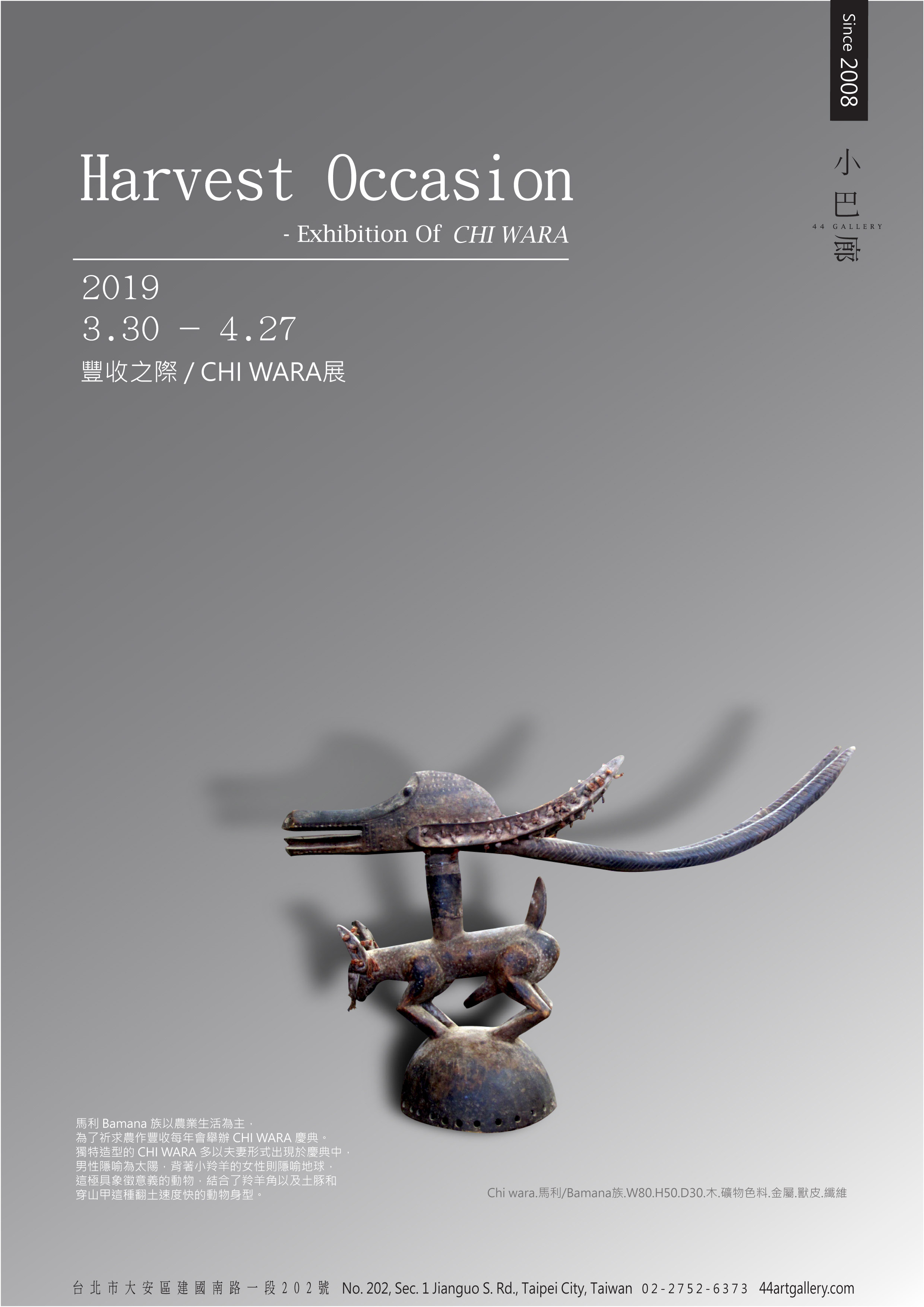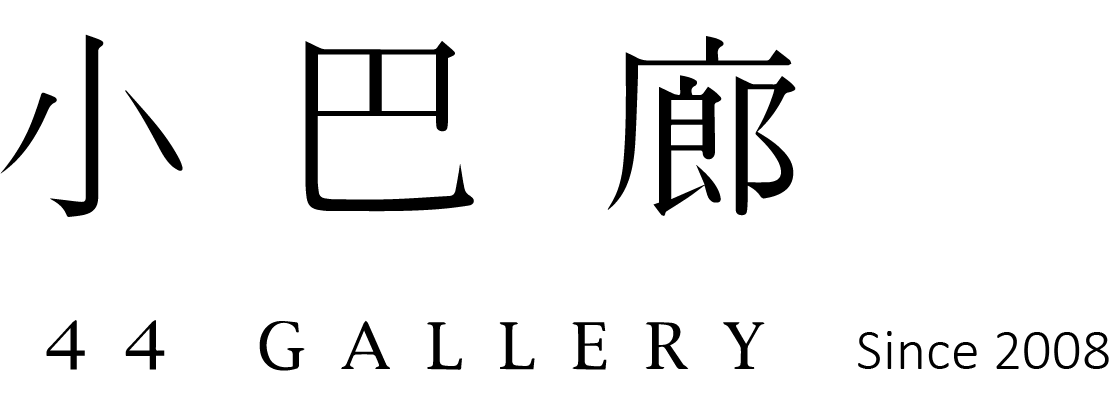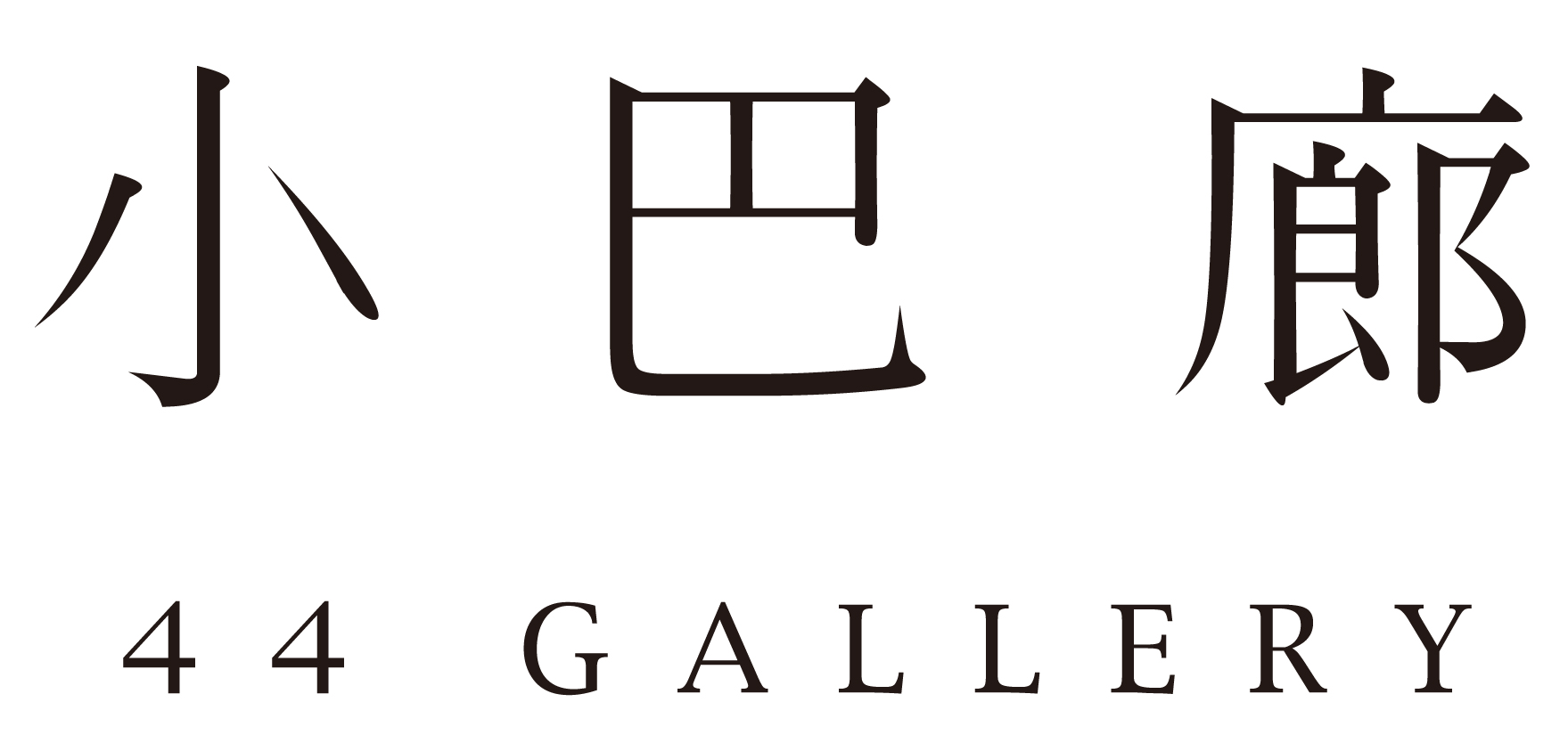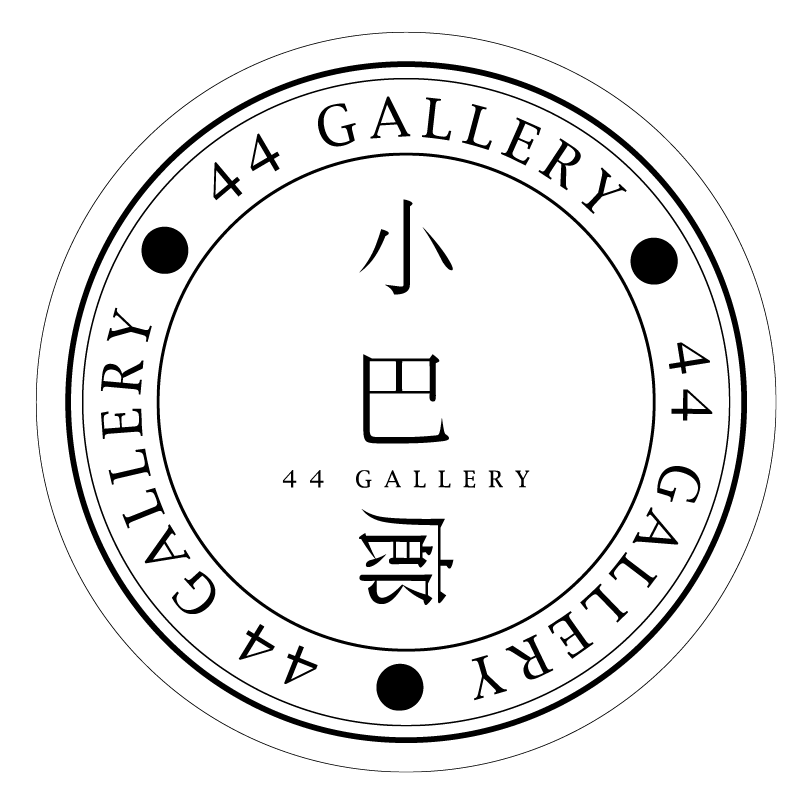傳說於神秘古老的時期,半人半羚羊的Chi wara 給了人類第一個穀物並教他們如何耕耘以及有關季節、土壤與植物生長的知識。
隨著時間儘管原始的部落改變,但Bamana在很多以農業生活為主的地區還是會保留傳統的chi wara 慶典並在農耕周期的開始與結束舉行這項舞蹈。
Bamana位於馬利的西南方,是馬利最大的一個部落,佔據馬利的中心點熱帶大草原。幾乎每位Bamana的男性都要成功地通過六個古老族群,達到最高階層的人,便會獲得祖先傳統的全面性知識,每個階層都會伴隨著一定的面具形式,大多以動物的形式為主。
其中有名的是羚羊頭飾都是雌雄成對一起雕刻的,男性象徵太陽,背著小羚羊的女性則引喻為地球,雖然外型不盡相同但納入了一系列極具象徵意義的動物,包括土豚和穿山甲都具抽象的身型和長著兩根羚羊角的頭部,身上的Z字型圖案代表太陽東升西落的過程。每年他們會舉辦一次紀念傳說中的祖先Chi wara,年輕強壯的男性舞者,穿戴羚羊頭飾,女子則哼歌為伴,以讚美那些像chi wara 一樣辛苦耕耘的農民,人們會在播種時期的慶典戴著此種頭飾面具不僅鼓勵農民努力耕耘也跳舞祈求農作豐收。
這些優雅的雕塑,不僅成為激勵這些族人的重要象徵,而且在西方二十世紀早期的藝術家,如康斯坦丁•布朗庫西和費迪南德•萊熱...也深受到非洲藝術薰陶,從中獲得靈感並轉化出自己獨特的作品風格。
chi wara系列作品,穿越時間和空間來到現代,這些注入當時文化以及精神的作品,從它的造型美感及氣質都能感受豐富的文化內涵。
Legend has it that in a mysterious and ancient time, the half-human, half-antelope Chi Wara gave humanity the first grains and taught them how to cultivate the land, as well as the knowledge of seasons, soil, and plant growth. Over time, although the primitive tribes have changed, the Bamana people, especially in regions where agriculture is the main lifestyle, continue to preserve the traditional Chi Wara celebration. This dance is performed at the beginning and end of the farming cycle.
The Bamana people, located in the southwest of Mali, form the largest tribe in Mali, occupying the central tropical grasslands. Almost every Bamana male must successfully pass through six ancient tribal groups to reach the highest level, where they receive comprehensive ancestral knowledge. Each level is accompanied by a specific type of mask, most commonly in the form of animals. Among these, the antelope headdress is particularly famous, often carved in pairs, one male and one female. The male symbolizes the sun, while the female, carrying a small antelope on her back, represents the Earth. Although the appearance of these masks may vary, they all incorporate a range of symbolically significant animals, including the aardvark and the pangolin, both of which have abstract body shapes and heads with two antelope horns. The Z-shaped patterns on their bodies symbolize the sun’s journey from the east to the west.
Every year, the Bamana people hold a celebration in honor of their legendary ancestor Chi Wara. During this celebration, young and strong male dancers wear the antelope headdresses, while women hum songs in praise of the hardworking farmers who, like Chi Wara, toil to cultivate the land. The masks are worn during planting festivals not only to encourage farmers to work hard but also to dance and pray for a bountiful harvest.
These elegant sculptures have become an important symbol, inspiring these tribespeople. In the early 20th century, Western artists such as Constantin Brâncuși and Ferdinand Léger were deeply influenced by African art. They drew inspiration from it, incorporating elements into their own unique artistic styles. The Chi Wara series of works, crossing time and space to reach the modern era, carry with them the culture and spirit of the past. Through their aesthetic appeal and temperament, they convey the rich cultural significance behind them.



